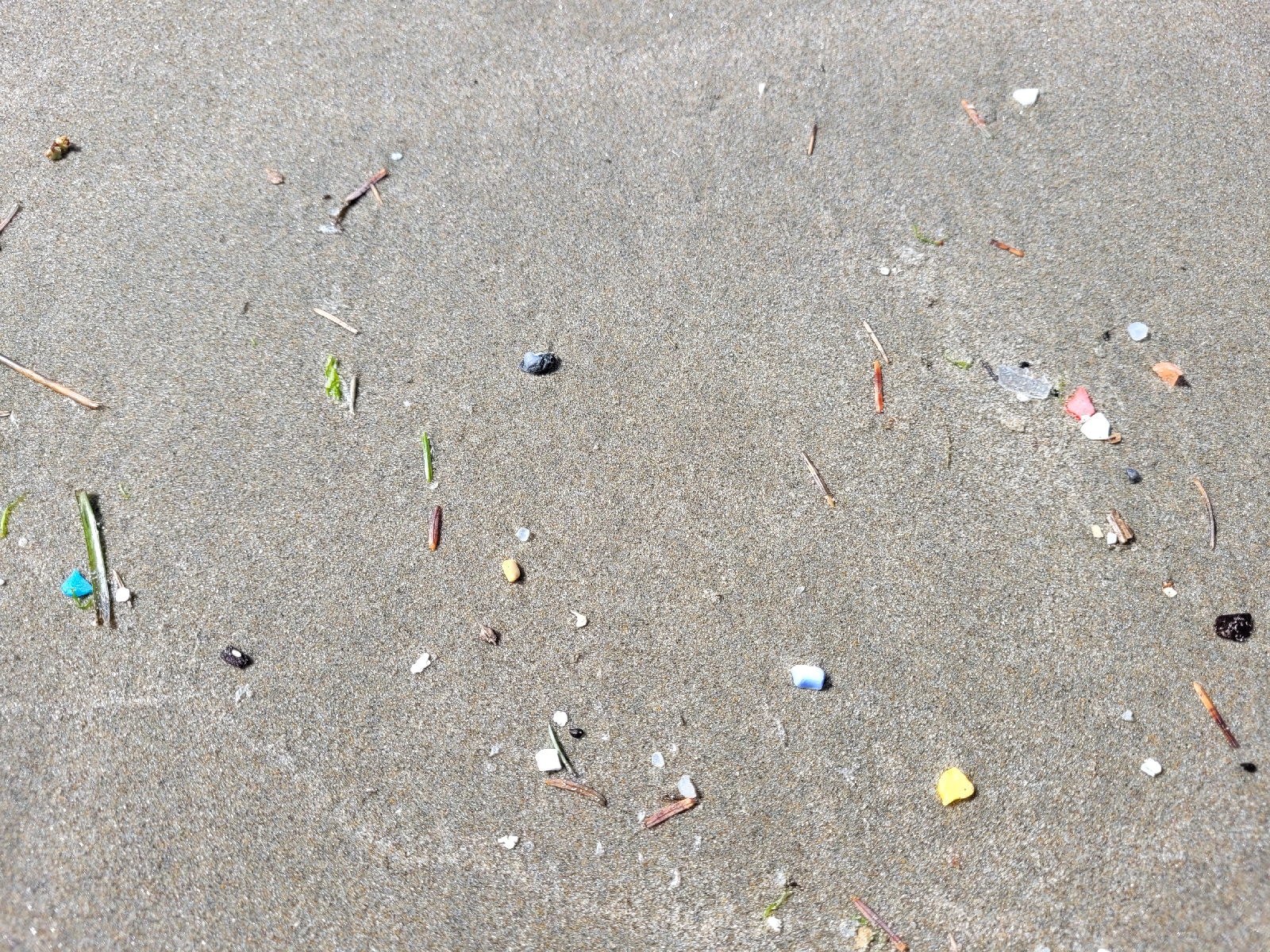Microplastics in Human Blood
Microplastics in Human Blood
The Smithsonian
Magazine recently reported about a study that discovered microplastics in
human blood. Healthy adult volunteers donated blood samples were obtained. And
of all the blood samples, seventy percent had microplastics.
Research
There were two types of microplastics that made up over
eighty percent of the total sample. The most prevalent microplastic found in more
than half of the samples was PET
(polyethylene terephthalate). Polystyrene (PS)
was the second most common type.
- PET – disposable water bottles
- PS – food packaging
- Air
- Water
- Food
- Toothpaste
- Lip gloss
- Dental polymers
- Implants
- Tattoo ink residue
Risks
The health
risk of having microplastics in our blood is unknown currently. Researchers
are working to better understand how microplastics affect the human body.
Actions
The two most common plastics found in human blood are single-use plastics. We have known the harm
of single-use plastics for years. The best practice is to stop
using disposable plastic products.
Sources:
Osborne, Margaret. “Microplastics
detected in human blood in new study. The Smithsonian Magazine. March 28, 2022.
https://www.smithsonianmag.com/smart-news/microplastics-detected-in-human-blood-180979826/
Bradley, Amy. “Durable, Reusable, Eco-Friendly Products.”
Viridescence. September 04, 2018. https://www.viridescence.us/2018/09/durable-reusable-eco-friendly-products.html
Bradley, Amy. “Single-Use plastic harms the environment.” Viridescence.
June 27. 2021 https://www.viridescence.us/2021/06/single-use-plastic-harms-environment.html




Comments
Post a Comment